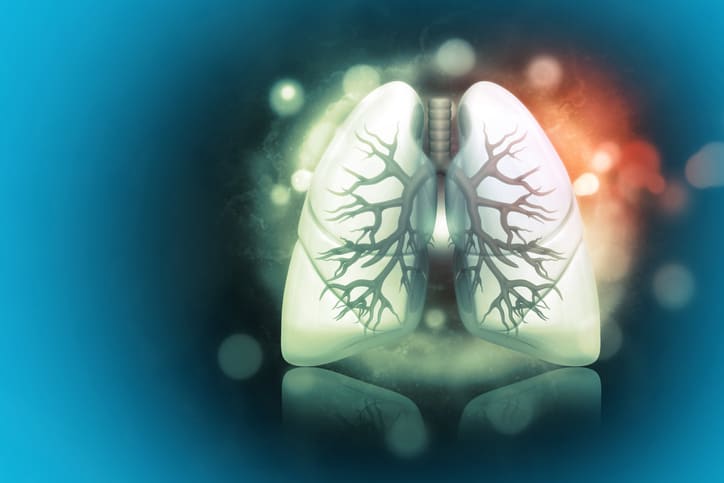Long-term antibiotic use for managing chronic respiratory disease is increasing however the role of the airway resistome and its relationship to host microbiomes remains unknown Objective: To evaluate airway resistomes, and, relate them to host and environmental microbiomes using ultra-deep metagenomic shotgun sequencing Methods: Airway specimens from n=85 individuals with and without chronic respiratory disease (severe asthma, COPD and bronchiectasis) were subjected to metagenomic sequencing to an average depth exceeding twenty million reads. Respiratory and device-associated microbiomes were evaluated based on taxonomical classification and functional annotation including the Comprehensive Antibiotic Resistance Database (CARD) to determine airway resistomes. Co-occurrence networks of gene-microbe association were constructed to determine potential microbial sources of the airway resistome. Paired patient-inhaler metagenomes were compared (n=31) to assess for the presence of airway-environment overlap in microbiomes and/or resistomes.
Airway metagenomes exhibit taxonomic and metabolic diversity and distinct antimicrobial resistance patterns. A ‘core’ airway resistome dominated by macrolide but with high prevalence of β-lactam, fluoroquinolone and tetracycline resistance genes exist, and, is independent of disease status or antibiotic exposure. Streptococcus and Actinomyces are key potential microbial reservoirs of macrolide resistance including the ermX, ermF and msrD genes. Significant patient-inhaler overlap in airway microbiomes and their resistomes is identified where the latter may be a proxy for airway microbiome assessment in chronic respiratory disease.
Metagenomic analysis of the airway reveals a core macrolide resistome harboured by the host microbiome.
Metagenomics Reveals a Core Macrolide Resistome Related to Microbiota in Chronic Respiratory Disease.


